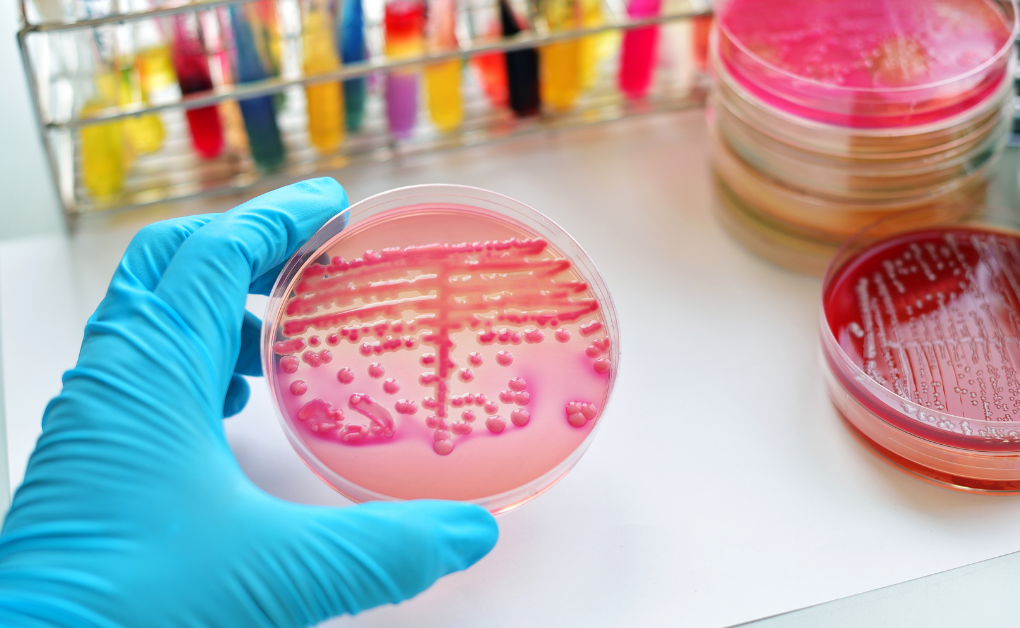Water plays a crucial role in the pharmaceutical industry. Any contamination of water can have a severe impact on the quality of the final product. It is therefore essential that the water used in the pharmaceutical industry is pure and free from germs and contamination.
However, water in the pharmaceutical industry may at times be exposed to critical contaminants, one of them being Pseudomonas aeruginosa, a gram-negative microorganism that is commonly found in soil, water, and healthcare environments. The bacterium has several virulence factors, including biofilm formation and antimicrobial resistance, making it a significant concern for pharmaceutical manufacturing.
Pseudomonas aeruginosa contamination in water-based systems like cooling towers and water storage tanks poses a serious threat to pharmaceutical manufacturing. Infections by this pathogen can be severe and difficult to treat due to its resistance to antibiotics and disinfectants. Additionally, biofilm produced by Pseudomonas can corrode pipes, hinder the efficiency of water treatment systems, and cause various health complications, affecting the final pharmaceutical products.
UV water treatment is considered one of the best solutions to address the problem of Pseudomonas contamination in the pharmaceutical industry. By effectively eliminating chemical residues and preventing biofilm formations, UV sterilization can help control Pseudomonas contamination in water. When used in combination with ozonation, UV treatment can provide enhanced efficiency in reducing Pseudomonas contamination.
Ozonation involves the use of ozone to react with organic and inorganic particles in water, eliminating various microbial contaminants, including P. aeruginosa. It can break through existing biofilm structures and prevent new ones from forming. The water treated with ozone is then subjected to UV-C light, which damages microbial genome and inhibits their growth and reproduction, effectively reducing Pseudomonas contamination.
In conclusion, integrating water treatment systems with UV disinfection technologies and combining them with ozonation is one of the best ways to address the problem of Pseudomonas contamination in pharmaceutical water systems, ensuring that the water used for pharmaceutical products meets the highest standards.


